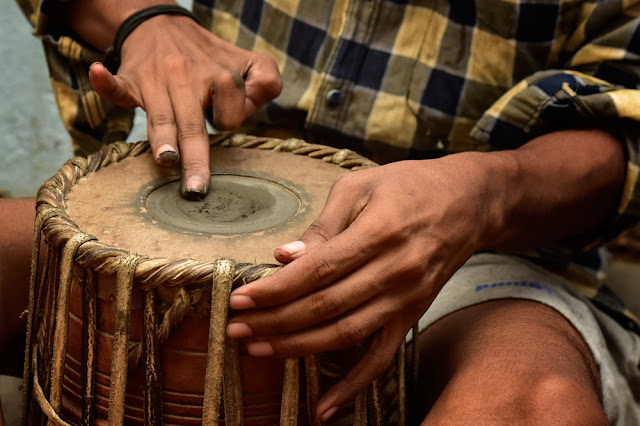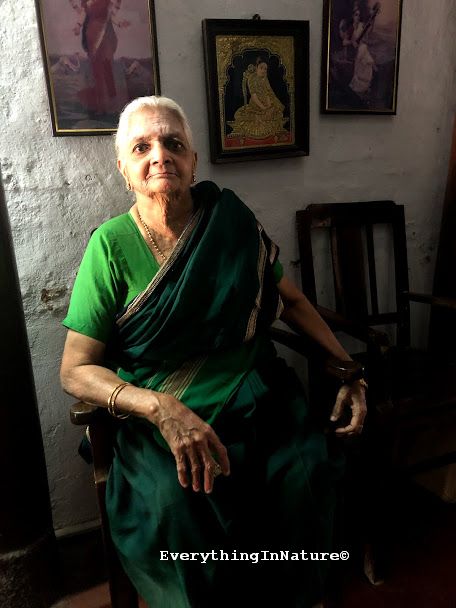Palakkad’s Peruvemba village has been resonating with music of its own for more than 200 years now,often unheard and unsung! Peruvemba is renowned for its leather-based musical instruments.
Step into the land of Peruvemba, a small village where you can see artisans engaged in the making of musical instruments like Maddalam, Idakka, Mridangam, Chenda, Tabla, Timila, Idakka and others. The members from the Kadayan and Kollan community, who live and work in Peruvemba are preserving this ancient craft which is their livelihood as well.
This village is sought after by the maestros of Carnatic music who come down to this tiny village all the way from Thanjavur, Chennai and many parts of the world to get their instruments made and fine-tuned. Renowned musicians from different parts of the country visit Peruvemba to procure their prized instruments.
 |
| Cutting Skin is a tough task |
The base drum is made using jack fruit wood or Kanikonna. The skin of buffaloes and cows are bought from the abattoirs. We also paid a visit to a place which resembled a tannery. Here the skin of cattle are washed, stretched and pegged to small poles on the ground to be dried in sunlight for weeks and to be scrubbed and smoothened later. The skin, purchased from a nearby town, needs to be dried for more than 48 hours. Cow skin is used in chenda, goat skin in mridangam and the thin skin of the cow’s intestine for the face of the edakka.
Whatever the tales of hardships be, whatever may be the impact of this strenuous work on their health, the artisans from the land are never ready to let go of the tradition.




















